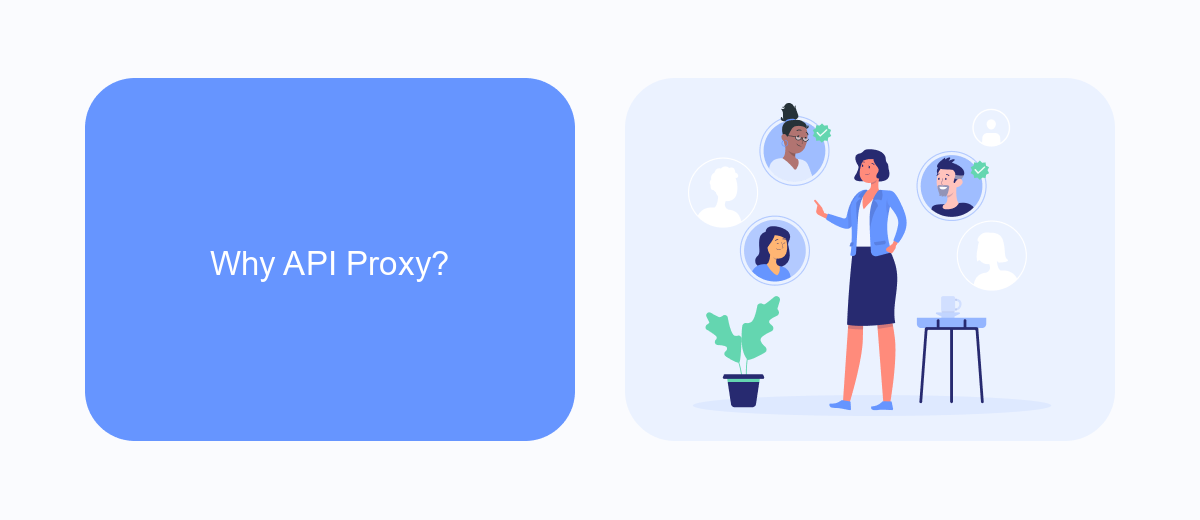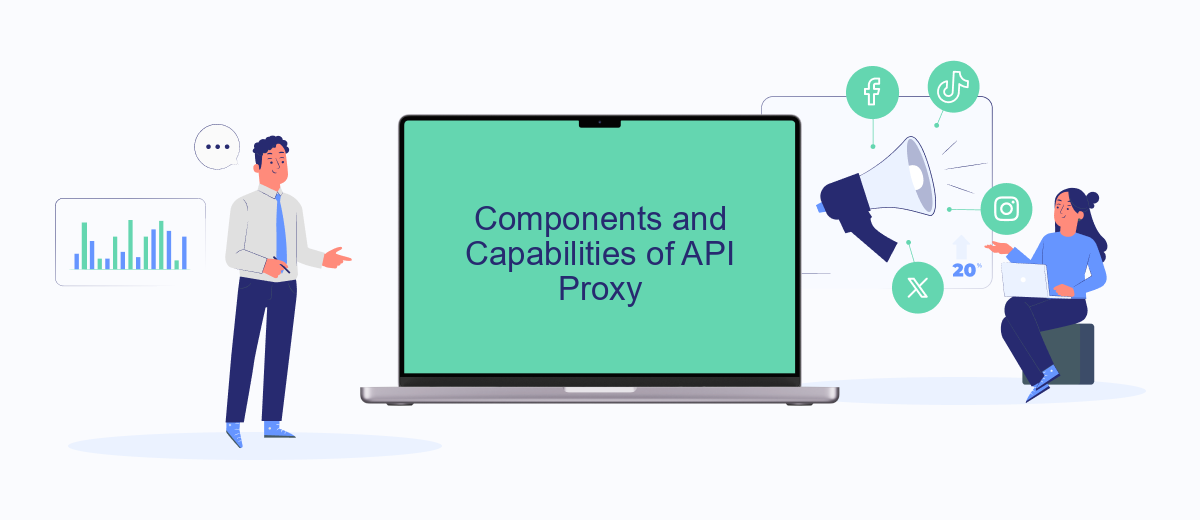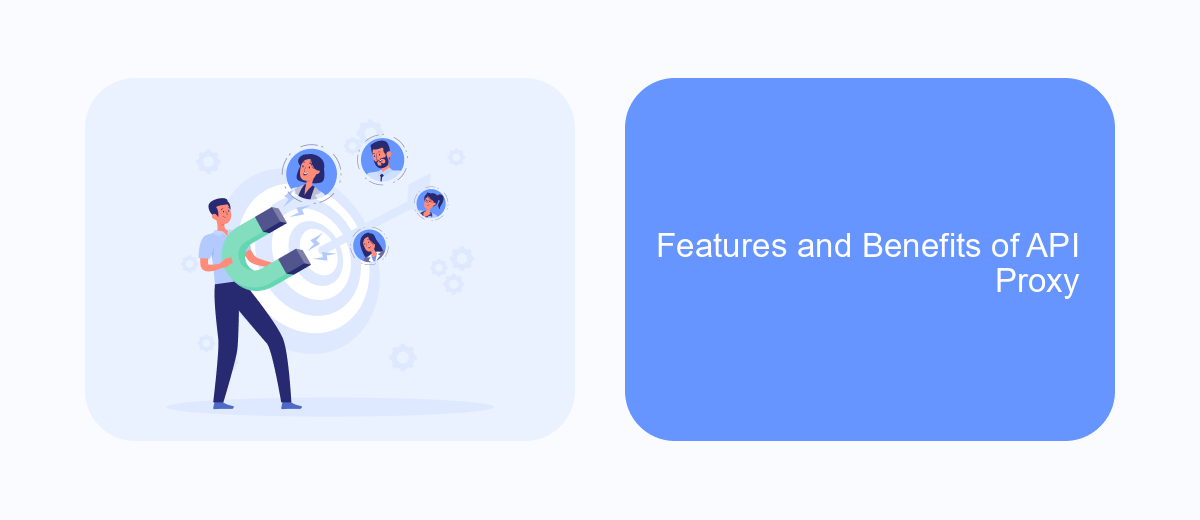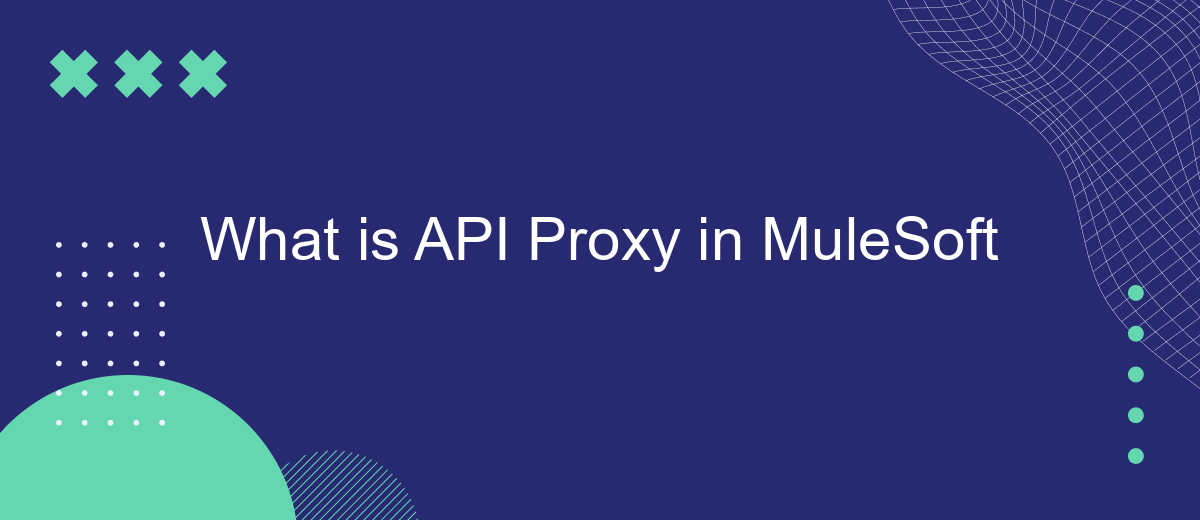An API Proxy in MuleSoft is a lightweight intermediary that sits between a client and backend service, ensuring secure and controlled access to APIs. Unlike a full API implementation, proxies offer a streamlined way to enforce policies, monitor traffic, and manage security without altering the backend code. This article delves into the functionalities and benefits of using API Proxies in MuleSoft.
What is API Proxy?
An API Proxy in MuleSoft is a lightweight API gateway that provides an additional layer of security and management for backend APIs. It acts as an intermediary between client applications and backend services, allowing you to enforce policies, monitor traffic, and handle requests more efficiently. This approach ensures that backend APIs remain secure and performant without exposing them directly to the public.
- Security: Protects backend services by enforcing security policies.
- Monitoring: Tracks API usage and performance metrics.
- Traffic Management: Controls and manages API request traffic.
- Transformation: Modifies requests and responses as needed.
Using an API Proxy, businesses can streamline the integration process and enhance the security of their APIs. For example, services like SaveMyLeads can be integrated via API Proxies to automate data flows between different applications, ensuring seamless and secure connectivity. This approach not only simplifies API management but also improves overall system reliability and scalability.
Why API Proxy?

API Proxies are essential in modern software architecture for several reasons. They act as intermediaries between clients and backend services, enabling organizations to manage and secure their APIs more effectively. By using an API Proxy, developers can enforce policies, monitor traffic, and ensure that only authorized users have access to specific endpoints. This not only enhances security but also improves the performance and reliability of the services being offered.
Moreover, API Proxies simplify the integration process, making it easier to connect different systems and services. For instance, tools like SaveMyLeads can be seamlessly integrated using an API Proxy to automate lead management and data synchronization tasks. This reduces the complexity of managing multiple APIs and ensures that data flows smoothly between various platforms. In summary, API Proxies provide a robust solution for managing, securing, and optimizing API interactions, making them indispensable in today's interconnected digital landscape.
Components and Capabilities of API Proxy

An API Proxy in MuleSoft acts as an intermediary that manages and secures API traffic without modifying the backend services. It provides a layer of abstraction and control to ensure that APIs are consumed securely and efficiently.
- Security: API Proxies enforce security policies such as OAuth, JWT, and IP whitelisting to protect backend services.
- Traffic Management: They help in rate limiting, throttling, and traffic shaping to manage API consumption effectively.
- Analytics: Proxies offer detailed analytics and monitoring to track API usage, performance, and errors.
- Transformation: They can modify requests and responses, such as changing data formats or adding headers, without altering the backend service.
- Integration: Tools like SaveMyLeads can be integrated to automate workflows and data synchronization between different platforms and the API Proxy.
By leveraging these components and capabilities, organizations can ensure that their APIs are secure, scalable, and easy to manage. MuleSoft’s API Proxy provides a robust solution for handling the complexities of modern API ecosystems.
Features and Benefits of API Proxy

API Proxy in MuleSoft offers a range of features that enhance the management and security of APIs. These proxies act as intermediaries between the client and the backend services, providing a layer of abstraction and control.
One of the key benefits of using an API Proxy is the ability to enforce policies without altering the backend services. This allows for seamless updates and modifications, ensuring that the APIs remain consistent and reliable.
- Enhanced security through traffic monitoring and threat protection
- Rate limiting to control the number of requests
- Analytics and monitoring for performance insights
- Seamless integration with third-party services like SaveMyLeads for automated workflows
Incorporating an API Proxy in your MuleSoft architecture not only simplifies the management of APIs but also provides robust security and monitoring capabilities. This ensures that your integrations are efficient, secure, and scalable, ultimately enhancing the overall performance of your applications.
Use Cases of API Proxy
API proxies in MuleSoft are commonly used to add an additional layer of security and governance to APIs. They act as intermediaries that can enforce policies such as rate limiting, authentication, and logging without requiring changes to the backend services. This makes them particularly useful for organizations looking to protect their APIs from misuse or attacks while maintaining operational efficiency.
Another significant use case for API proxies is in the realm of integration. For example, services like SaveMyLeads can benefit from API proxies by ensuring that data flows securely and efficiently between different applications. By leveraging API proxies, businesses can streamline their integration processes, making it easier to connect various systems and automate workflows. This not only enhances productivity but also ensures data consistency and reliability across the board.
- Automate the work with leads from the Facebook advertising account
- Empower with integrations and instant transfer of leads
- Don't spend money on developers or integrators
- Save time by automating routine tasks
FAQ
What is an API Proxy in MuleSoft?
Why should I use an API Proxy?
How do I create an API Proxy in MuleSoft?
Can I apply policies to my API Proxy?
What is the difference between an API Proxy and an API Gateway?
SaveMyLeads is a simple and effective service that will help you automate routine tasks and optimize business processes. Stop wasting time uploading leads from Facebook manually – you can do it automatically, saving a lot of time and money. Eliminate routine from workflows and achieve more with minimal investment of money, effort and human resources.

